Materials vary
(glass/metal/PCB/plastic/magnetic),

(glass/metal/PCB/plastic/magnetic),
(flat/curved/cylindrical/special-shaped).
(Custom adjustments are required in areas such as jigs, dimensions, automation interfaces, and curing methods.)
Improved yield and accuracy (±0.1mm alignment)
Increased production capacity (automatic loading and unloading, in-line curing)
Reduces manual labor and ensures consistency
Adapts to customers' existingproduction lines and factory space
Step 1 | Customer Needs Matching | 1. Requirements Analysis: Printing Material/Format/Precision/Automation Level; 2. Customize a solution (including technical specifications) and machine price quote based on the customer's needs and samples provided; 3. Customer Confirms Solution and Signs Contract. | 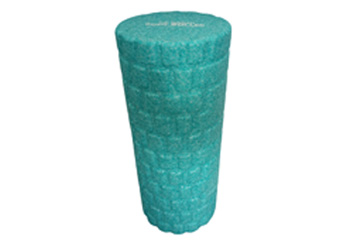 |
Step 2 | Machine Design | 1. Optimize the mechanical structure based on customer needs, such as raising or lowering the workbench. 2. Customize the electrical system: For example, adapt explosion-proof motors, switches, and control cabinets to meet explosion-proof requirements. 3. Develop customized CAD drawings and electrical schematics for customer approval. | 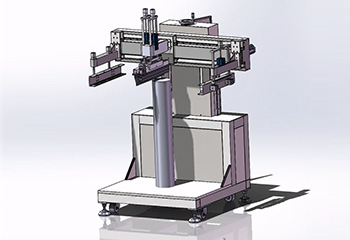 |
Step 3 | Sheet Metal Chassis Production | Customized welding and sheet metal spraying of chassis frame; | 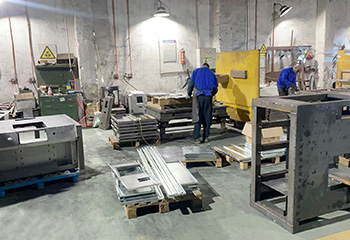 |
Step 4 | Parts Production | 1. Special component procurement: such as large-size screen frames, high-precision servo motors, and precision positioners; 2. Non-standard component processing: Custom scrapers, specialized jigs/fixtures, etc. 3. Component quality inspection: Focusing on testing customized dimensional tolerances and fixture performance parameters. | 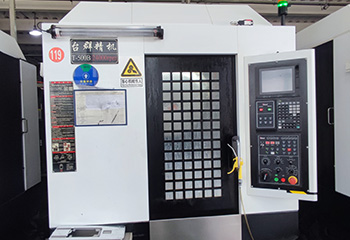 |
Step 5 | Machine Assembly andCommissioning | 1. Customized Mechanical Assembly: such as adding an automatic loading and unloading mechanism; 2. Electrical System Wiring: Connecting according to customized principles, adapting to special sensors and controllers, etc. 3. Initial Power-On Test: Ensures that customized components are receiving proper power. | 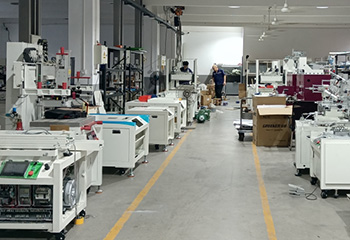 |
Step 6 | Printing Proofing | 1. Test the printing results using customer-provided samples, patterns, and inks. 2. Customer confirms that the printing results and efficiency meet the custom requirements. | 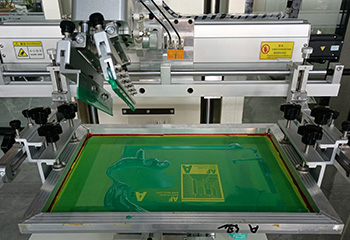 |
Step 7 | Delivery and After-Sales | 1. Customized packaging and logistics delivery; 2. Remote guidance on installation and commissioning, including explanations on special functions and machine maintenance; 3. After-sales support: Spare parts and technical consultation. | 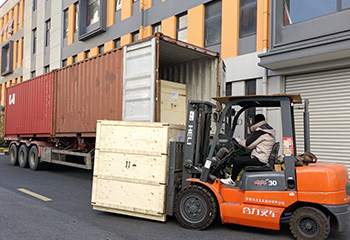 |
From small PCBs to large glass panels
Flat, curved, cylindrical, and special-shaped parts
Manual/Semi-automatic/Fully automatic + PLC/Servo
Can be integrated with conveyor lines, robotic arms, and AGVs
UV, IR, hot air, multi-mode connection possible
Conductive ink printing, scratch-resistant coating, marking and coding
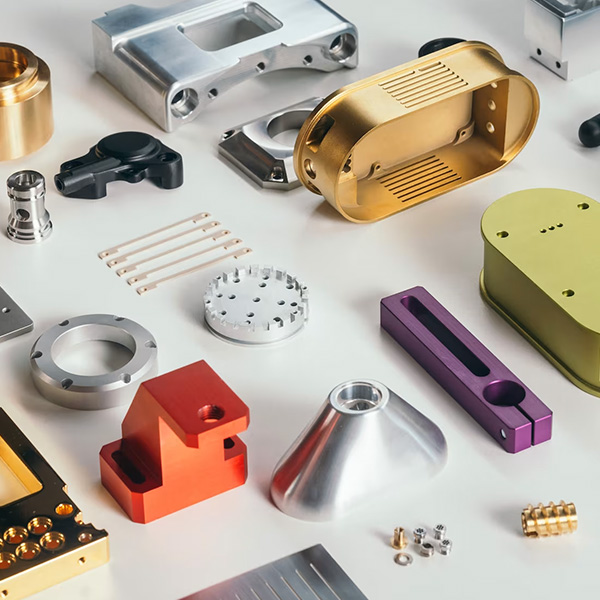
Customized Cylindrical Printing Press + UV Curing → Increased Production Capacity 2.5-fold
Explore More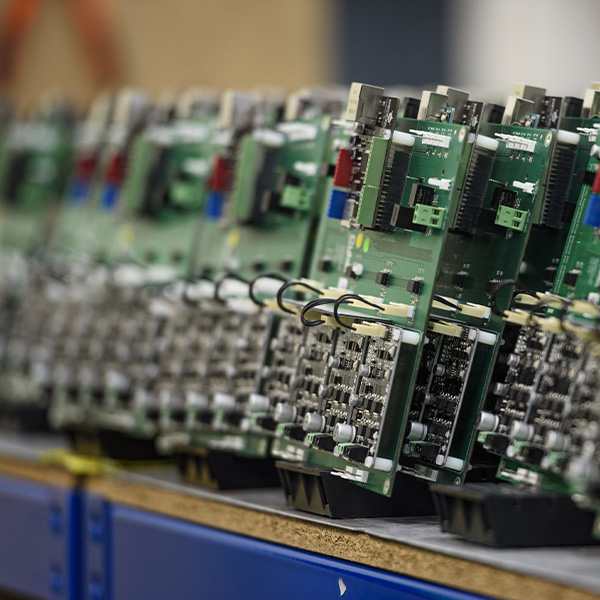
Customized Cylindrical Printing Press + UV Curing → Increased Production Capacity 2.5-fold
Explore More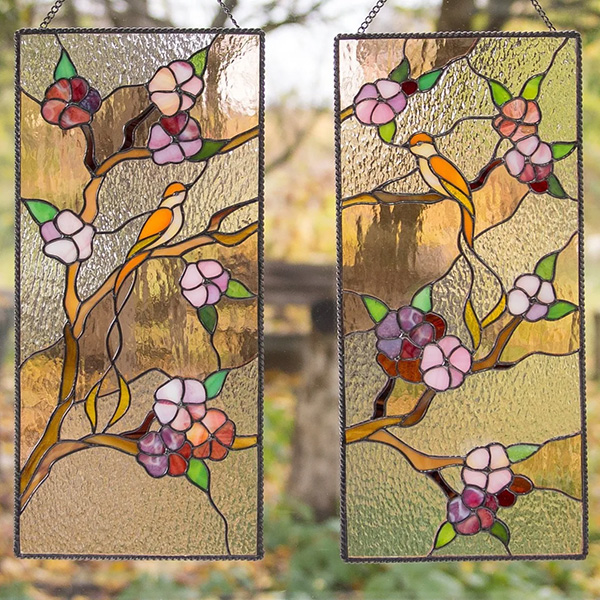
Customized Cylindrical Printing Press + UV Curing → Increased Production Capacity 2.5-fold
Explore More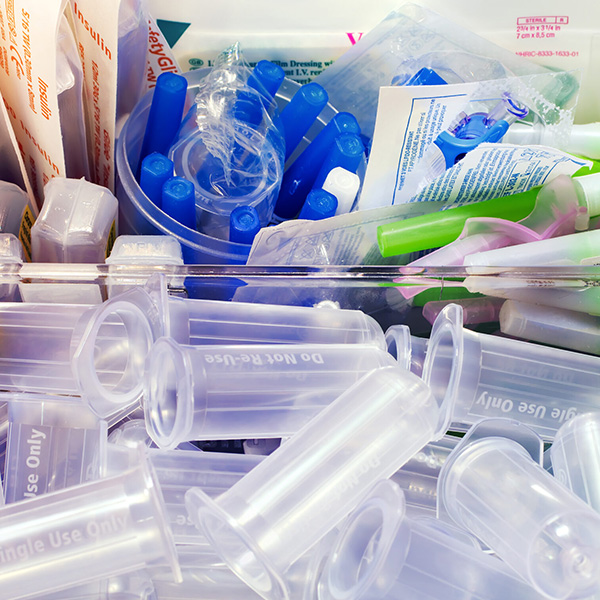
Customized Cylindrical Printing Press + UV Curing → Increased Production Capacity 2.5-fold
Explore MoreOver 10 years of industrial screen printing experience, with customers in over 110 countries
One-stop service: Printing + Curing + Platemaking + Consumables
Professional engineering team: Quick response to custom needs
Complete after-sales service: Installation, training, remote maintenance, and long-term spare parts supply